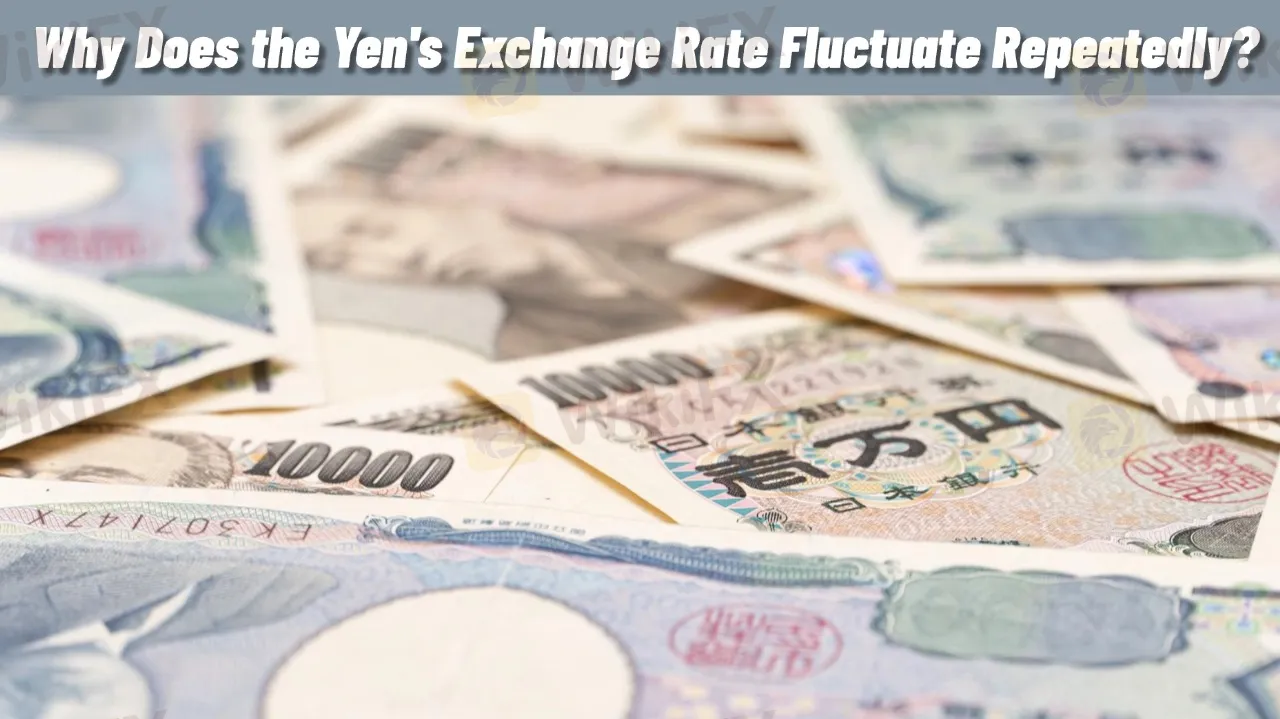简体中文
繁體中文
English
Pусский
日本語
ภาษาไทย
Tiếng Việt
Bahasa Indonesia
Español
हिन्दी
Filippiiniläinen
Français
Deutsch
Português
Türkçe
한국어
العربية
Why Does the Yen's Exchange Rate Fluctuate Repeatedly?
Abstract:JPY Exchange Rate Fluctuations: How Should Investors Respond?

Recently, the Japanese yen has experienced continuous fluctuations, briefly depreciating to around 151 yen per U.S. dollar on March 25. Shifting market expectations regarding U.S. trade policies have led to an unclear direction for the yen‘s movement. Although some tariff measures have been eased, market sentiment remains cautious, causing repeated short-term volatility in the yen’s value.
The yen's instability stems from multiple complex factors. First, U.S. trade policies may simultaneously drive inflation and curb economic growth, leading to fluctuating expectations for the U.S. dollar. Second, the monetary policies of the Bank of Japan and the Federal Reserve remain uncertain—while the BOJ may consider rate hikes, the Fed faces potential rate cuts. Changes in interest rate differentials significantly impact market trading strategies. Additionally, speculative capital moves rapidly in and out of the market, amplifying short-term fluctuations and making it difficult for the yen to establish a stable trend.
How Can Investors Navigate Market Volatility?
Amid sharp exchange rate fluctuations, investors should closely monitor interest rate policies in both Japan and the U.S. and adjust their trading strategies based on market expectations. In uncertain conditions, short-term traders can capitalize on price swings, while long-term investors should carefully time their entries to avoid excessive exposure during periods of heightened market sentiment. Additionally, prudent risk management is essential to prevent unnecessary losses from sudden market shifts.

Disclaimer:
The views in this article only represent the author's personal views, and do not constitute investment advice on this platform. This platform does not guarantee the accuracy, completeness and timeliness of the information in the article, and will not be liable for any loss caused by the use of or reliance on the information in the article.
Read more

ASIC Launches Preliminary Investigation into Clime Australian Income Fund
The Australian Securities and Investments Commission (ASIC) has launched a preliminary investigation into the Clime Australian Income Fund, examining whether the Fund’s Target Market Determination (TMD) and Product Disclosure Statement (PDS) comply with Australian financial regulations. The investigation will also assess whether any breaches of the law have occurred in relation to the Fund’s investment activities.

HSBC announced a $1.1 billion charge linked to the largest Ponzi scheme in financial history
The British banking giant HSBC Holdings Plc has announced a potential $1.1 billion charge connected to the long-running Bernard Madoff Ponzi scheme, following a legal ruling in Luxembourg. The claim stems from Herald Fund, a European investment fund that sued HSBC over alleged losses related to the Madoff fraud.

BofA Securities pays more than $150K fine to settle its charge
BofA Securities, Inc. (BofAS) has agreed to pay a $155,000 fine and accept a censure from the Financial Industry Regulatory Authority (FINRA) after FINRA found multiple violations of market trading and supervisory rules.

SC Urges Malaysians To Stay Alert As Scam Complaints Double Since 2020
Malaysia’s Securities Commission warns that complaints about unlicensed investment activities have doubled in five years—3,602 cases in 2024 and 2,039 in H1 2025—highlighting increasingly sophisticated scams targeting even professionals and seniors. Schemes often mimic legitimacy, then block withdrawals via “compliance” or “maintenance” excuses. The core defense is pre-investment verification and ongoing risk control.
WikiFX Broker
Latest News
Forex24 Faces CySEC Fine for Late Compliance Filing
"Our Business Has Died": Texas Services Sector Sentiment Slumps Further In October
One Wrong Move Wiped Out a Government Retiree’s Lifetime Savings
INTERPOL, AFRIPOL Crack Down on Africa Terror Finance
Forex Scam Checker Philippines: Verify Brokers with WikiFX
MH Markets Review 2025: Trading Platforms, Pros and Cons
Mekness Review: Traders Report Alleged Fund Scams & Account Blocks
Octa FX in Pakistan: The Complete Guide to Local Payments, Regulation, and Support
D Prime to Exit Limassol Office Amid Doo Group Restructure
WikiFX Elites Club Committee Concludes Voting! Inaugural Lineup Officially Announced
Currency Calculator



